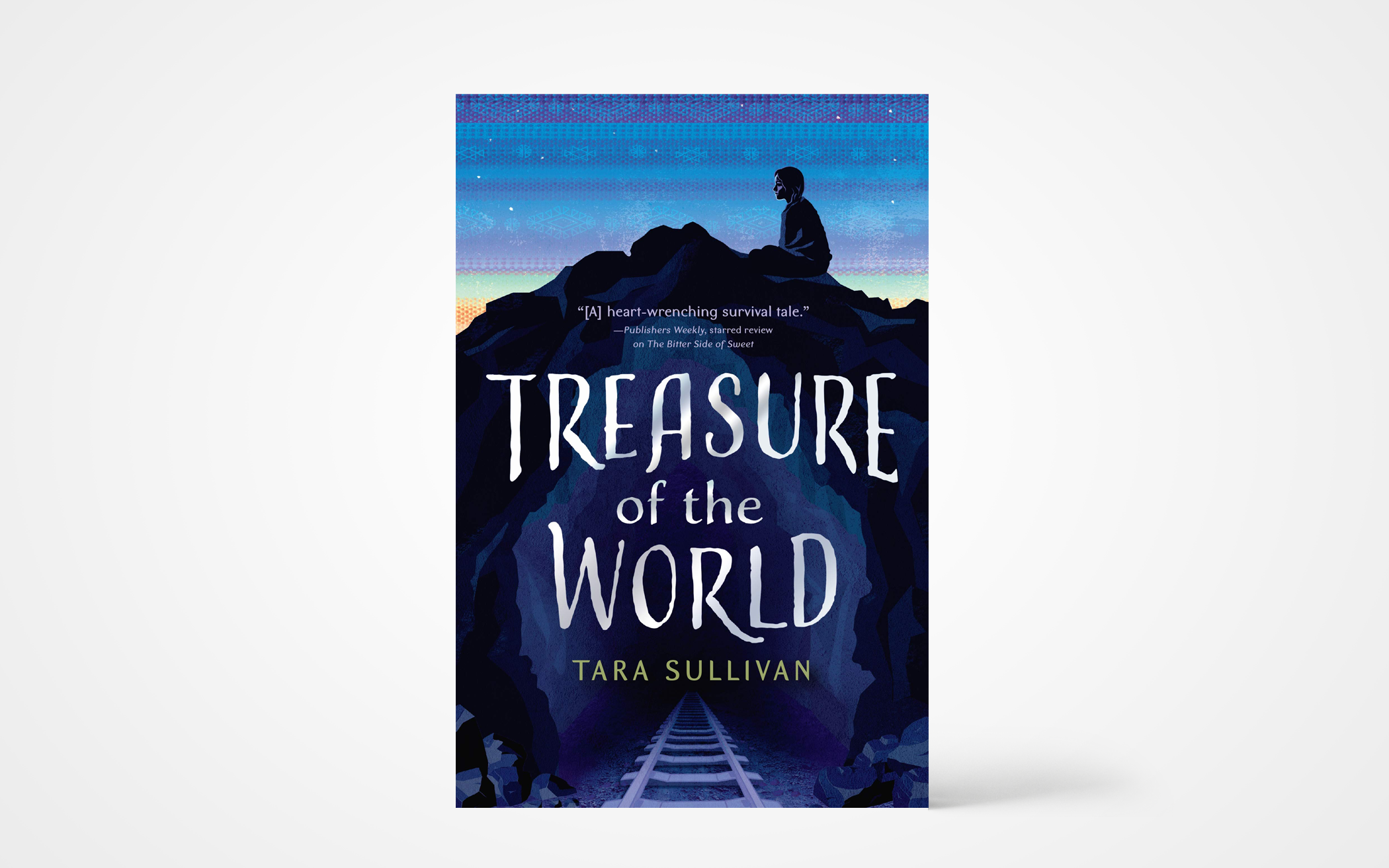Twelve-year-old Ana has one all-encompassing dream: to get away from the Cerro Rico, the massive mountain in Bolivia on which she lives with Papi, Mami, Abuelita (her grandmother), and younger brother, Daniel. The locals call it the Mountain That Eats Men because for almost 500 years men and boys have been crippled and devoured while mining in the mountain’s guts. Steeped in superstition, many of the miners make sacrifices to a statue of the devil in the mine’s entrance, hoping to appease the powers of evil so they can survive another day, even though they also worship God in the Catholic church on Sundays.
Ana knows that in order to achieve her dream, she needs to stay in school. But when Daniel, who has always been sickly and struggles with respiratory issues, is forced to accompany Papi to work in the mine and becomes deathly ill, Ana convinces Papi, after much coaxing, to allow her to take Daniel’s place. Ana has always known that her “job is to help out my family in whatever way they need.”
The miners view Ana with anger, grumbling, and suspicion, convinced that a female working in the mine will bring bad luck. Taken under the wing of a shift supervisor, Ana remains safe until Daniel can return to the mine. But when a deadly cave-in happens soon after, Ana is blamed for the disaster.
As Ana deals with painful issues in her life and that of her family—poverty, hunger, substance abuse, domestic violence, and poor educational opportunities—she knows she has “no good choices,” only choices between bad options. Still, she acts bravely, setting out to rescue someone she loves, taking on dangerous responsibilities to help her family eke out a living, creatively continuing her education, and, finally, making a surprising choice to cope with “the rocky outlines of our reality.”
This riveting, compassionate, action-packed novel for middle school readers takes a hard look at the disturbing reality of child labor and the devastating impact it has on the lives of untold numbers of children. But it also highlights hope as families like Ana’s work together, sacrifice for each other, and love each other. Though recommended for children ages 10-13, the book is better suited for ages 12 and older. Young people and adults—anyone concerned about the ongoing atrocities of child exploitation and the injustices of corporations keeping indigenous peoples imprisoned in a life of poverty—will also benefit from reading Treasure of the World.
(G.P. Putnam's Sons Books for Young Readers)
About the Author
Sonya VanderVeen Feddema is a freelance writer and a member of Covenant CRC in St. Catharines, Ontario.

